| For the ‘lay’ folk, dana, or giving, was important and they would make new robes for the ordained to go off in. This was partly gratitude for the teachings they had received during the season and partly to make their own contribution to helping spread the benefits of Dhamma teaching. For modern practitioners in Triratna, these activities are not so relevant but there is often the opportunity to ‘reaffirm’ the vows one made when becoming a mitra or member of the order. I had received an invitation to one such ceremony in London, but of course would be unable to go, so when I heard that Sheetal was going to a reaffirmation day at her local Triratna Centre, I was immediately keen to attend; not just as it would be my first opportunity to visit the Mahendra Nagar Centre but also to participate in the puja. It would have been an enjoyable activity in the UK but here it seemed like a really quite important thing to do. Not only would I be able to reaffirm my commitment to my own mind, I could do it publicly and let my adopted Sangha see that I was genuine in my ‘Going for Refuge to The Three Jewels’, alongside them and in the same manner that they do. As I’ve mentioned before, though there is much that is at least similar enough to feel familiar in Triratna in India there is also a lot that is really very different as well. After we arrived at the centre, I was able to relax and enjoy watching the shrine dressing activites. Of course, we’d turned up absolutely on time to an event organized in India so we had at least 45 minutes to wait before much happened. As it turned out, things finally kicked off merely an hour and ten minutes late. I knew I was going to have difficulty following a lot of the day as it would be conducted in Marathi but thankfully, the day started with chants in Pali (which I know, whew!) and a period of Metta Bhavana meditation, which I am familiar enough with to follow the stages of sans guidance. I focused on a few people from Triratna in the UK. I feel part of both Manchester and London sanghas since my move north to south, so I had plenty of people to pick from! Such is the nature of genuine friendships I think; it doesn’t matter how distant you are, those bonds remain true, so happily you don’t really lose such friends, you just accumulate them. After this, there was a full-on talk that I actually couldn’t follow so I made time to make lesson planning notes and jot down some thoughts for myself about the nature of Sangha and the re-commitment I was about to make. Thinking about Sangha seemed especially apt in such a situation, finding myself as I was, suspended in limbo almost (if you’ll pardon the analogy from an alternative religion!) between Indian and English sanghas. Occasionally, I could grasp bits of what the speaker was discussing, especially when he began referencing the Five Precepts using the Pali terms we chant every day. Unfortunately, my studious air and feverish scribbling apparently meant everyone assumed I understood Marathi (I constantly underestimate just how scrutinized ones actions are here; if you do something, you can guarantee everyone’s not only noticed you doing it but drawn about a hundred corresponding conclusions before you’ve even finished.) This explained their confusion and disappointment when I was unable to respond to their attempts in conversation! |
| Lunch was a predictably delicious affair of rice, dhal, chappatis and subji and we had a full hour to eat it, which I was grateful for as previous experiences led me to assume it would be a bit of a rush! When the ceremony began, I was excited to learn it would be a Sevenfold Puja thinking I knew it well enough to follow under my breath in English; so much for that. It was completely different and I just couldn’t work out which stage we were doing beyond about the third. There was no Heart Sutra and no final mantras. Hey ho. The actual reaffirmation involved so many people that even just this section alone took over an hour! The Mitra Ceremony involves making offerings to the shrine of a flower, some incense and a candle (representing physical impermanence, the all-pervading nature of the Dharma and the illumination of the enlightenment mind) so you can imagine that for nearly every person in attendance (Sheetal and I estimated about 150) to do this takes some time. Buddhists aren’t best known for rushing things either; it’s a bit at odds with the 'calm and mindful' job description! |
| Sheetal was keen to know how the numbers of mitras compared with the UK but I found it so difficult to say. It certainly seemed like a greater percentage of those attending were mitras than I might expect in the UK but then it was a day for mitras and India is generally a society in which spirituality is infinitely more normalized. There are four Triratna centres just in Nagpur. Even London only has three. Comparing any aspect of India and England (and I know this is a strange analogy coming from a vegan) is a bit like comparing finest matured Stilton to processed ‘cheese food slices’. They’re sort of the same in a great many ways and yet at the same time, couldn’t be more different. Notionally, one might be qualified to have superior qualities to the other and yet there are times and places where only the ‘inferior’ will do. If that makes no sense to you then that’s fine. I’m still equally confused about really pinning down the differences between my home and adopted cultures so that makes us just about even. That evening, I had agreed to take our community of young women round the corner to Nagaloka where the esteemed Dhammachari Lokamitra was giving a talk for Sangha Day. He has a great deal of experience in India and is one of the founding members of Triratna (or FWBO as it was) in the country so he is very much respected not just as a senior international Order Member but as one who really understands the local community here too. He spoke at length (though I know it was just a summary) on Dr Ambedkar’s approach to Dhamma, detailing his assertion that it was a way to achieve empowerment, a method for overcoming barriers between people and a key factor in effective governance. Lokamitra discussed each of these from the perspective of how we operate as a Sangha. He concluded by stating that if we are honestly practicing the Dhamma on an individual level and as a community supporting each other in our ideals, we should be an example of the most effectively functioning community possible. This in turn renders us empowered to break down barriers in society and utilise our human commonalities to facilitate the effectively radical, and not just tired old prescriptive governance that is required to really build a better world. To build the world we speak of when we greet each other ‘Jai Bhim’, and call to victory for Ambedkar’s vision of a truly equal society. So I’d like to say that after a day of all that intense focus on Sangha, the community I live and work with, those individuals who together form one of my three key refuges in a practice that ultimately pivots on cultivating universal, selfless compassion, I’d like to say I came away overflowing with metta (loving kindness) and bursting at the seams with warm, friendly positivity. I’d like to say that because it would be appropriate, it would be ‘nice’ and it would mean I could stop writing this increasingly lengthy update; but it wouldn’t be very truthful. Actually, I came away wondering. One of the first questions in the year one mitra study course (and one Sheetal, Shakyajata and I had recently considered in a very fruitful study session) asks which of the three jewels we feel most strongly attracted to. For myself, it’s always been Dhamma (or Dharma if I’m in UK brain). |
| Not just in terms of the teachings but also in another more subtle use of the word that refers to what I interpret as a universal flow of energy of which we are all a part, once we transcend our own egos. This energy, I do not believe to be unique to Buddhism. I think some religions call it God. Some people who might be broadly spiritual but not ‘religious’ per se call it ‘Mother Nature’, or even more abstractly ‘Love’. I have an inkling that physicists call it ‘Dark Matter’ and rather enjoy baffling themselves by trying to pin aspects of it down in particle accelerators. I suspect we may eventually find out it’s simultaneously all and yet none of these things. You can probably tell from this paragraph that I’m rather fond of thinking about it. So, my ‘one’ of the three (not that it’s really possible to separate them, of course) is not Sangha. Don’t get me wrong, I feel communities are critically important regardless of your culture and I spent much of my time while I qualified on an MA trying to develop ways through an Art and Design practice to strengthen community, find commonality, empower people and breakdown barriers. In terms of my spiritual life though, it’s not the most important one. And having heard and thought so much about Sangha, having been embraced so warmly into this new one, I felt really awkward about about that. |
| So much for quietly hiding in my shell until I’m ready to once again present the version of me that I’d like people to think I am all of the time. And this means that I cannot hide it from me either. I am living right up against the surface of myself and can’t indulge my belief that I’m just a little bit superhuman any longer, not even fleetingly. I’ve never been so aware on such a minute by minute basis of all my mundane shortcomings. Occasionally, I’ve been excruciatingly aware of some huge glaring flaws in my personality but I’ve done rather a lot of work on those thanks to several years of counselling and I find them really quite manageable these days. Until now though, I’ve never been so aware of all the tiny, trivial, apparently unimportant ways that I’m not quite as I’d like to be. I feel as if I am staring into a mirror, 24/7. Not just a mirror of my physical form either, but worse, a mirror of my inner psyche. Sound harrowing? It is. And I find that maybe this is why I am not as enamoured with Sangha as I might have thought I would, or should be. Maybe it’s all just a bit too raw, but maybe it’s exactly what I need to be doing. Six months of life at the cutting edge of my (very new) spiritual practice was never going to be all about lighting candles and arranging flowers on a shrine to the heady scent of incense and the pleasant chanting of melodic mantras. |
| So, for my own part, my Sangha Day practices have finally amounted to confession, in the sense of acknowledging that I am not always quite the person I’d like others to have to be around and then dana, in the sense of my genuine commitment to give all of that person to both my spiritual community and to those I work with on a mundane, worldly level. It’s also a commitment to give all of myself to my efforts to realise my will to enlightenment for the benefit of all beings. Giving myself completely to that cause means withholding none of it. It means giving myself entirely with both my features and my flaws, my strengths and my weaknesses. For richer, for poorer. In sickness and in health. It won’t always be pretty, it won’t always be dry or hygienic, but it will always be honest and it will always be safe in the knowledge that even when I am feeling at my least acceptable, there will always be a Sangha there ready to not just accept but to actively expect that honesty. And there I find a place to build my faith in the third jewel. Yes, I believe I can, with enough effort, eventually attain what the Buddha attained. With that faith secured, I believe wholeheartedly in the Dharma as a process for getting there. But can I trust those around me to really be there and support the whole of me on the back of three and a half decades of worldly conditioning that have taught me humans aren’t really always that trustworthy? |
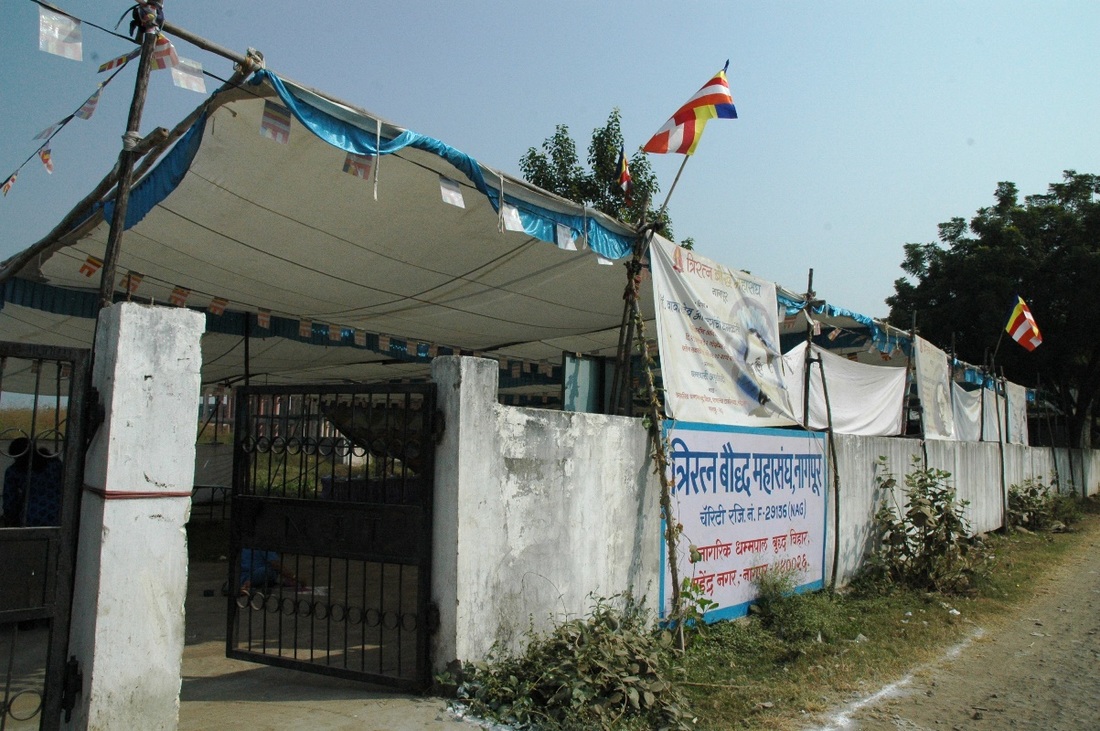

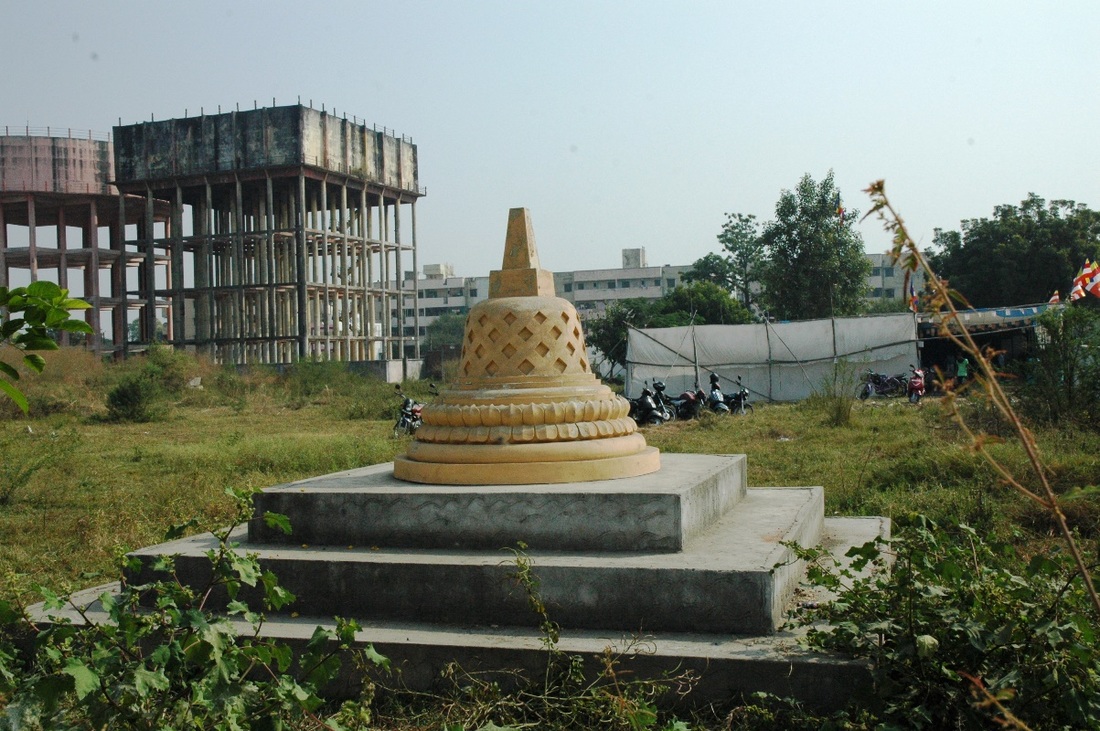
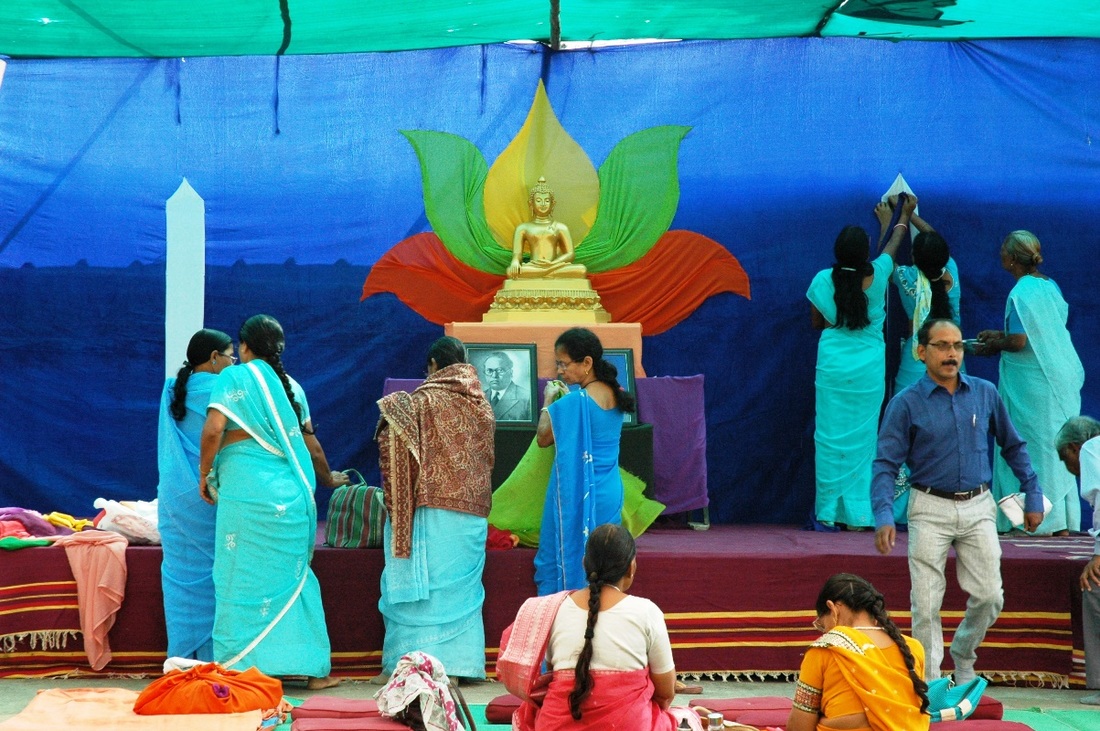
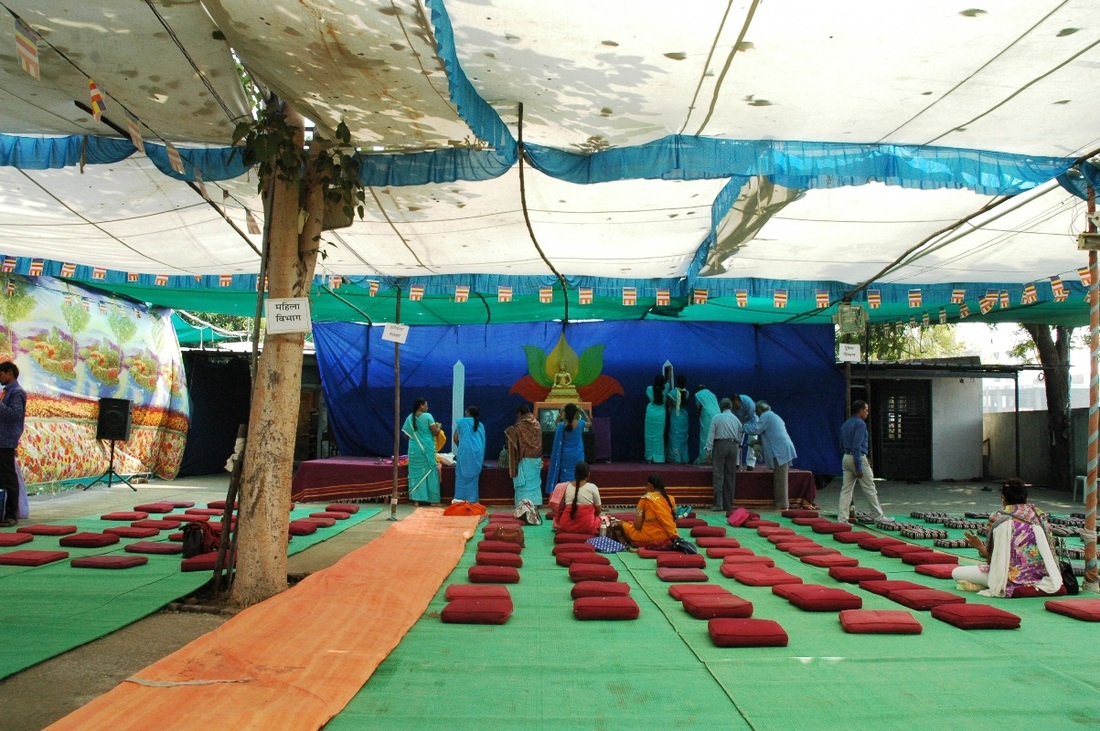
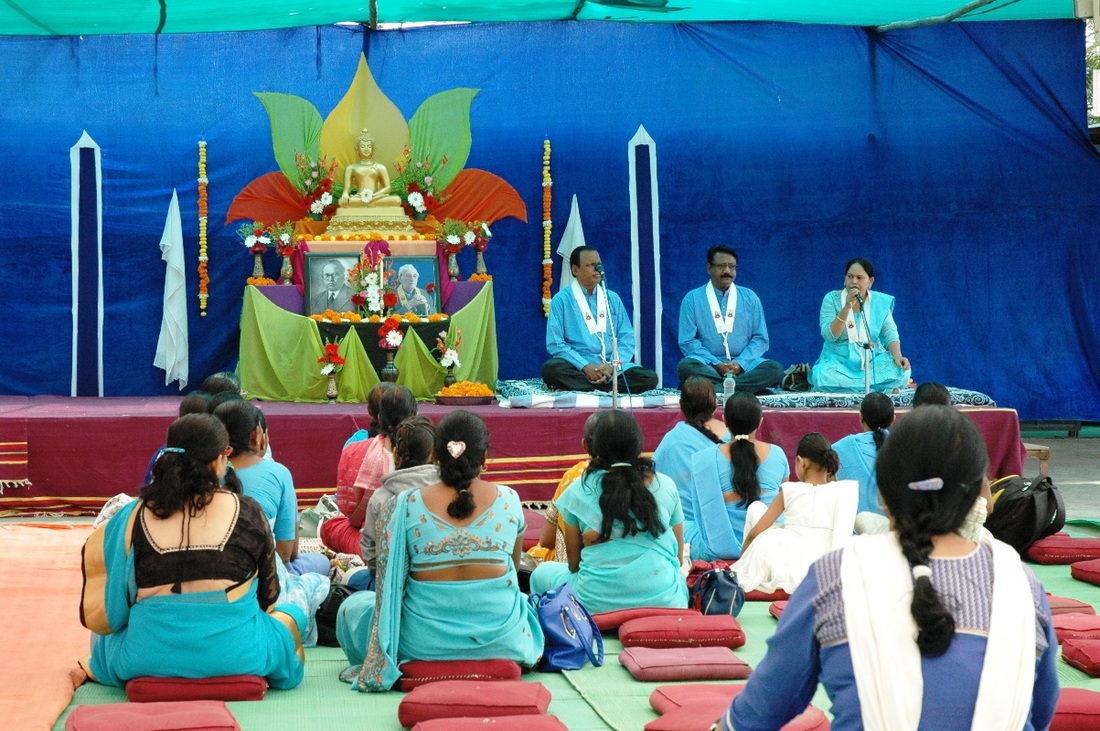
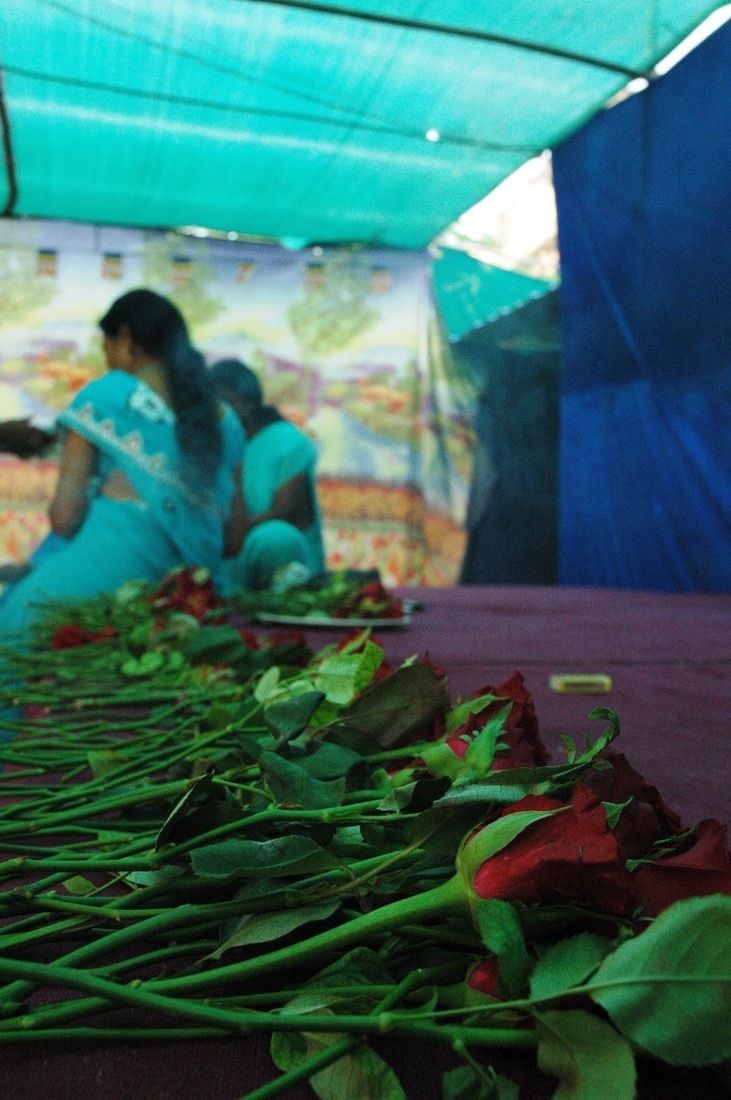
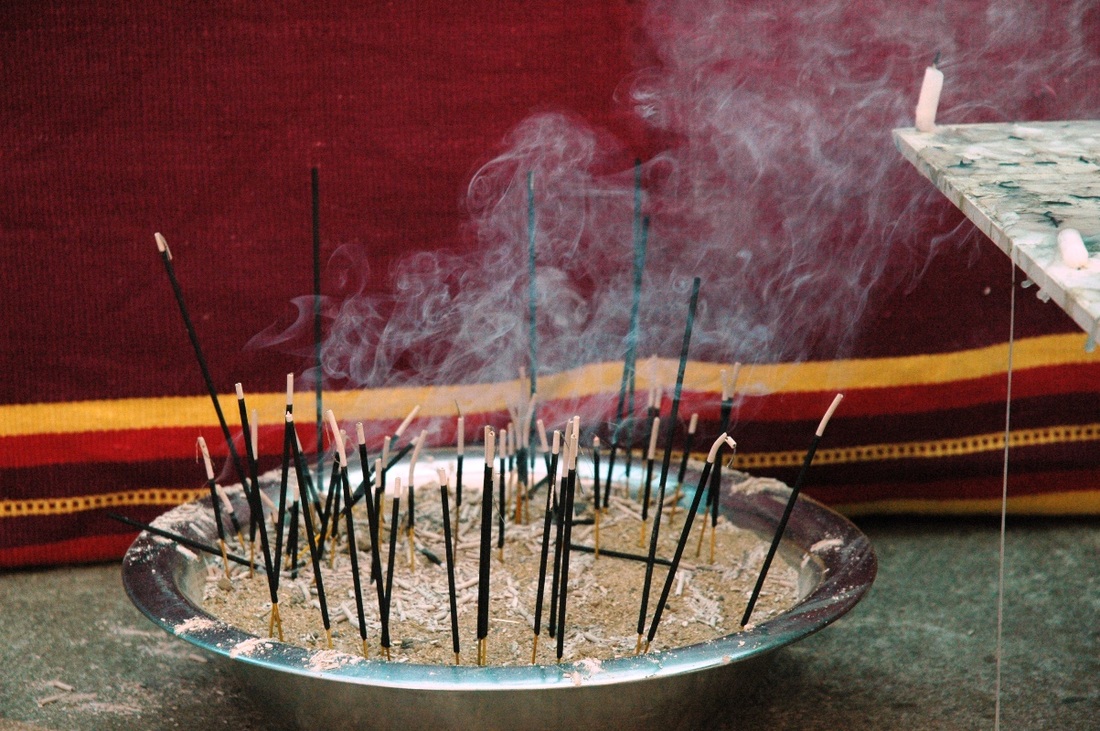
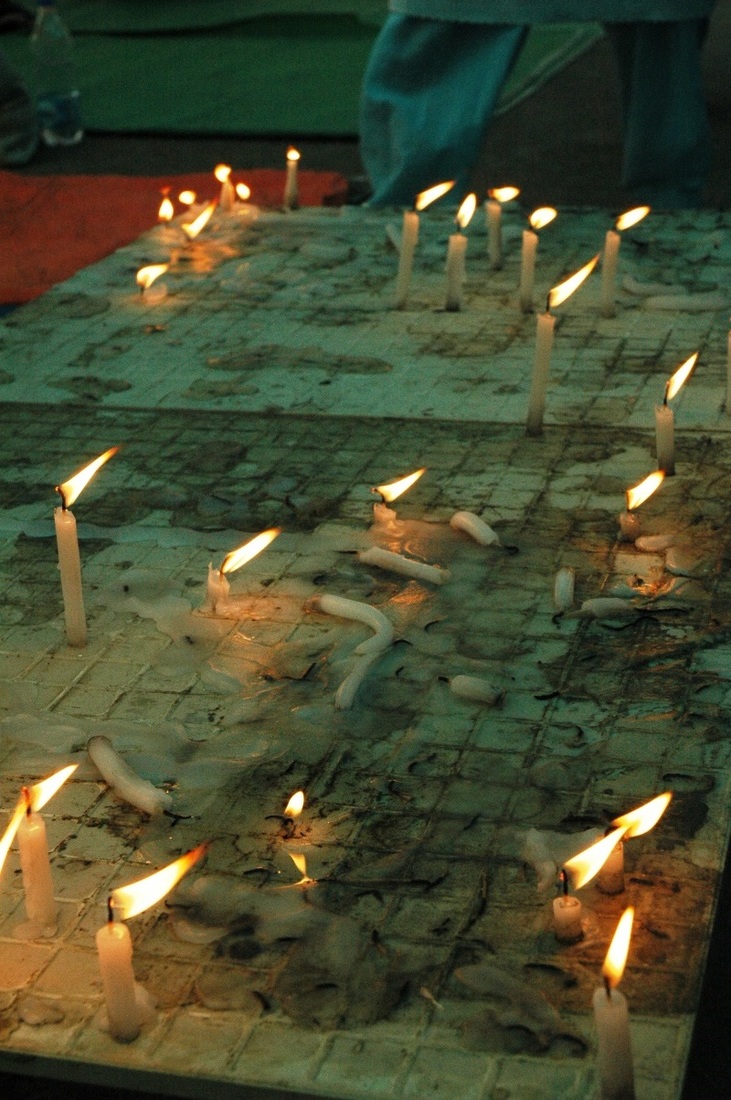
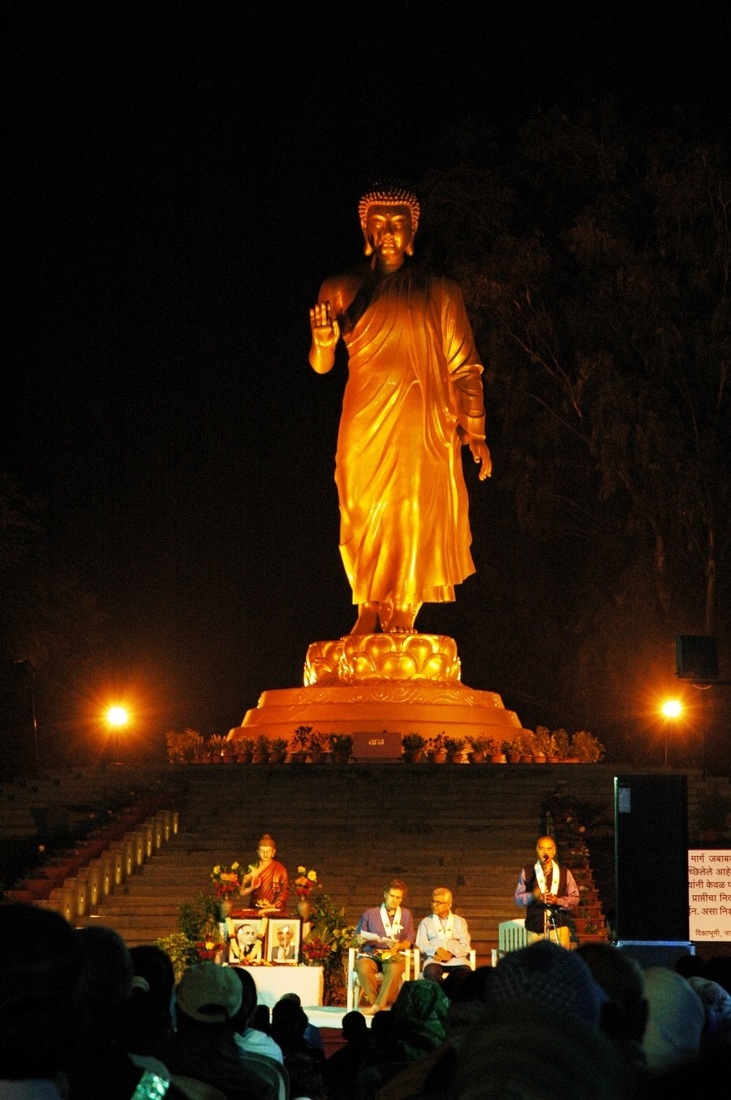
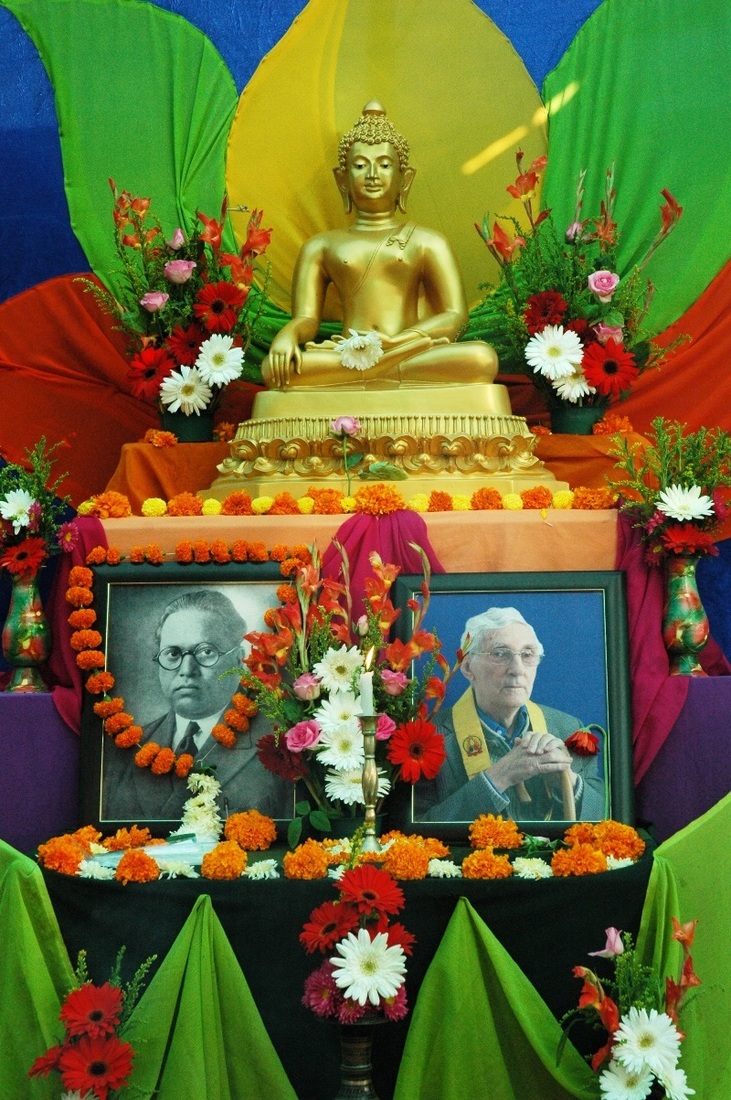

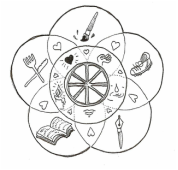
 RSS Feed
RSS Feed
